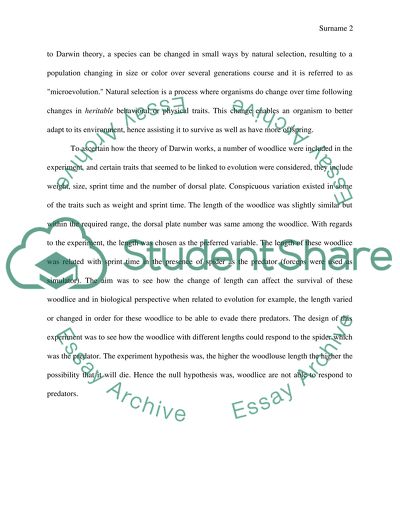Cite this document
(“Effect of Length on the Survival Rate of Woodlice Essay”, n.d.)
Retrieved from https://studentshare.org/biology/1476030-effect-of-length-on-the-survival-rate-of-woodlice
Retrieved from https://studentshare.org/biology/1476030-effect-of-length-on-the-survival-rate-of-woodlice
(Effect of Length on the Survival Rate of Woodlice Essay)
https://studentshare.org/biology/1476030-effect-of-length-on-the-survival-rate-of-woodlice.
https://studentshare.org/biology/1476030-effect-of-length-on-the-survival-rate-of-woodlice.
“Effect of Length on the Survival Rate of Woodlice Essay”, n.d. https://studentshare.org/biology/1476030-effect-of-length-on-the-survival-rate-of-woodlice.


